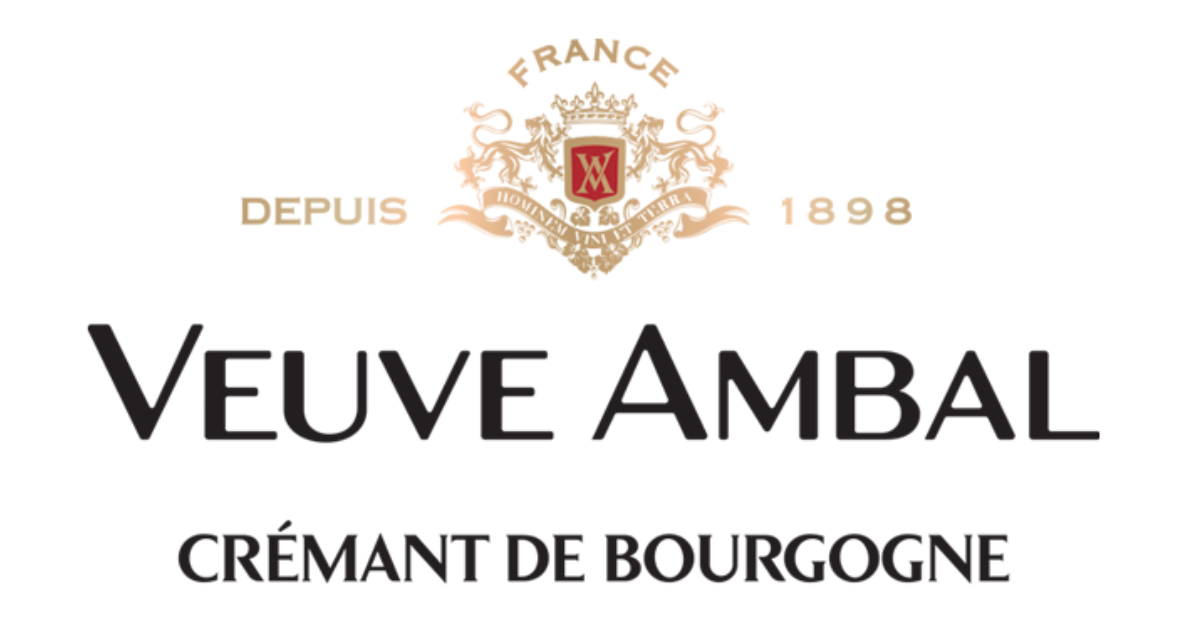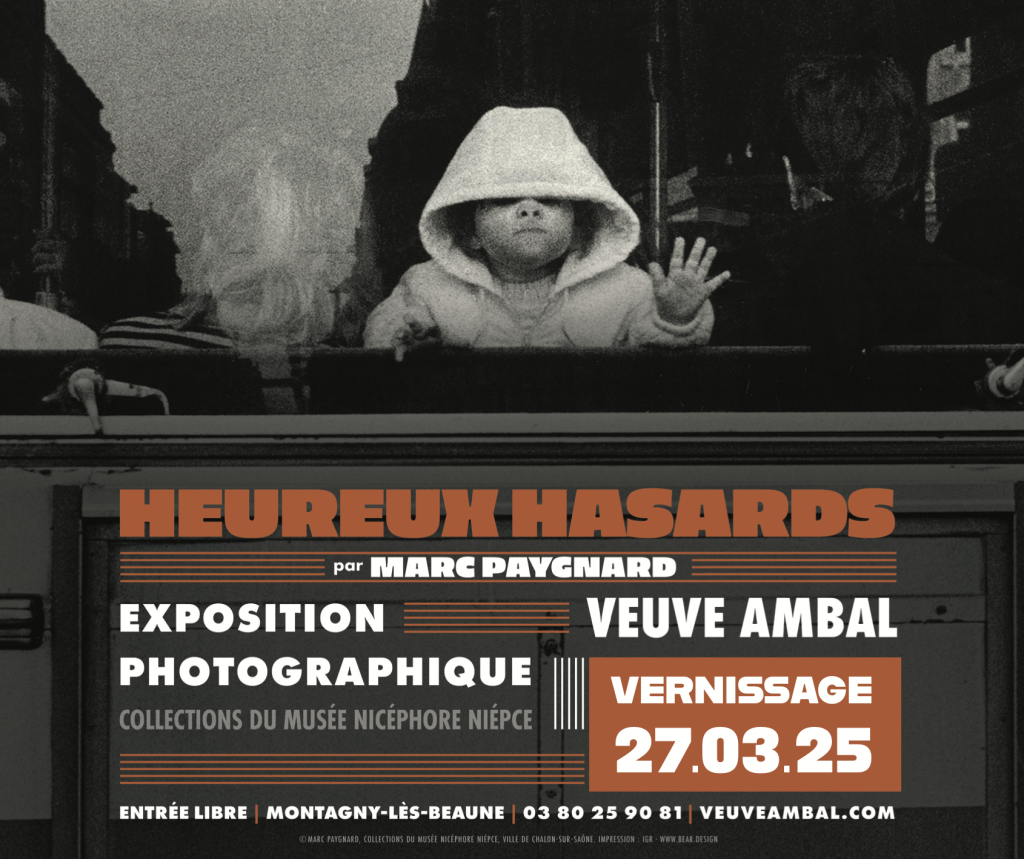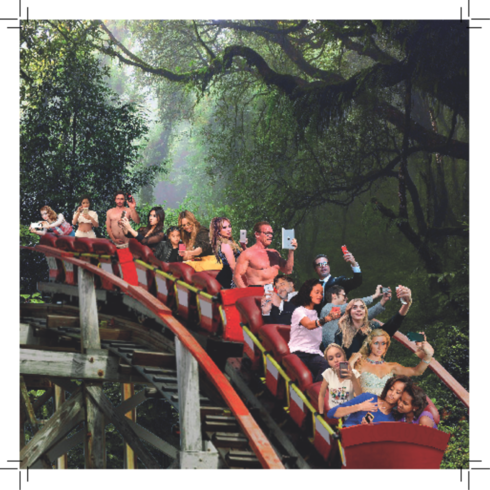From June 3 to September 5, 2016. From the collections of the Musée Nicéphore Niépce
3 Dimensions . Photographic exhibition at Veuve Ambal
Today, 3D vision is a major preoccupation of new technologies in the fields of cinema and television. However, just a few years after Niépce’s invention, it was possible to see a photograph in three dimensions, thanks to the principle of stereoscopy.
This exhibition features a selection from the 45,000 stereoscopic views held by the Musée Nicéphore Niépce. It takes visitors into the fascinating world of 3D from another era.
The principle of stereoscopy predates photography. It is the ancestor of vision, now called 3D. It was first used for drawing. But as early as 1844, Sir David Brewster (inventor of the kaleidoscope) proposed its application to photography. Thanks to his collaboration with the French optician-photographer Jules Dubosq, the photographic stereoscope was presented to the general public at the Universal Exhibition in London.
Stereoscopic shots are created using a dual-lens camera. Six centimetres separate these two points of view, equivalent to the distance between our two irises. One corresponds to the vision of the right eye, the other to the vision of the left eye. The magic happens when we optically superimpose these two slightly offset photographs with a viewer. The illusion of relief can only be created with the indispensable help of the stereoscope.
This new process radically alters not only the way we photograph, but also the way we observe. Stereoscopic views, taking into account relief and depth, invite the public to become one with this new image. They become actors in the story, heroes of the scene they are contemplating. They are caught up in this gripping illusion.
“Shortly afterwards, thousands of eager eyes bent over the holes of the stereoscope as over the skylights of infinity.” Charles Baudelaire, 1859
All the ingredients are there: small formats, low prices, attractive effects, stereoscopic viewing inevitably becomes a popular pastime that astonishes and admires the public. Hundreds of thousands of published stereoscopic photographs are sold.
Pay-per-view stereoscopes were even installed in public places in the late 19th and early 20th centuries. Humorous or saucy series attracted customers.
All themes are covered, from genre scenes posed in the studio, to nudes, humorous stories and scenes taken on the spot. Stereoscopy sometimes even has an educational mission, as evidenced by certain views of animals photographed at the zoo or museum.
From 1890, the practice opened up to amateurs. Easily transportable hand-held cameras made photography easier. Amateurs took to photographing their travels and daily life, to share the wonderful sensations they had experienced.
Years have passed since the stereoscopic “craze”, but the fascination with the three-dimensional remains as strong as ever. Even if today’s images invade our world, we’ll always find something surprising, striking and spectacular in the process.
What you’re seeing here are anaglyphic views, translated as stereoscopic views, which use green and red filters to restore the magic of 3D.


